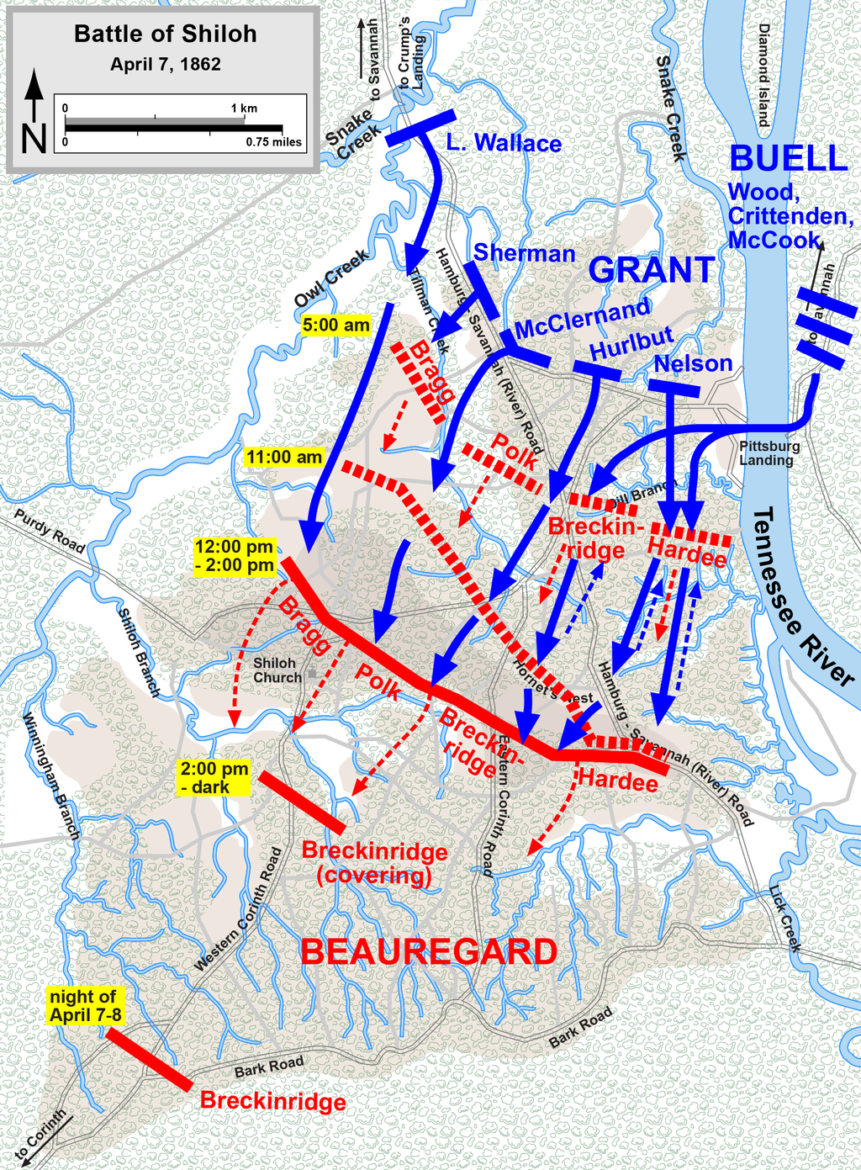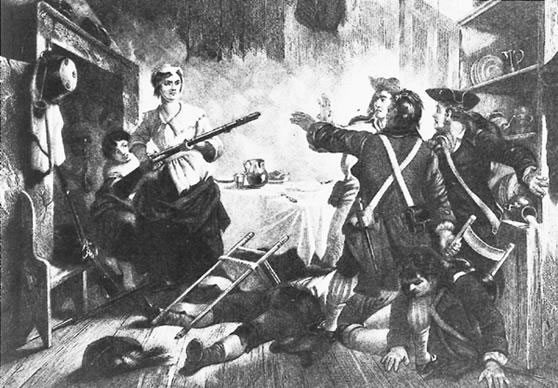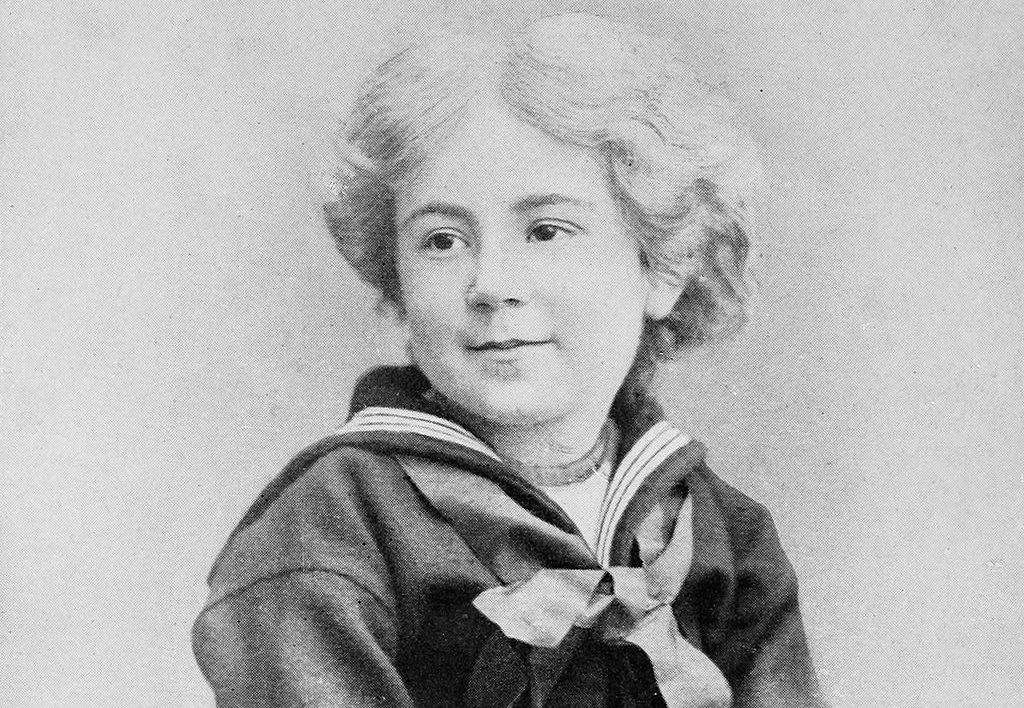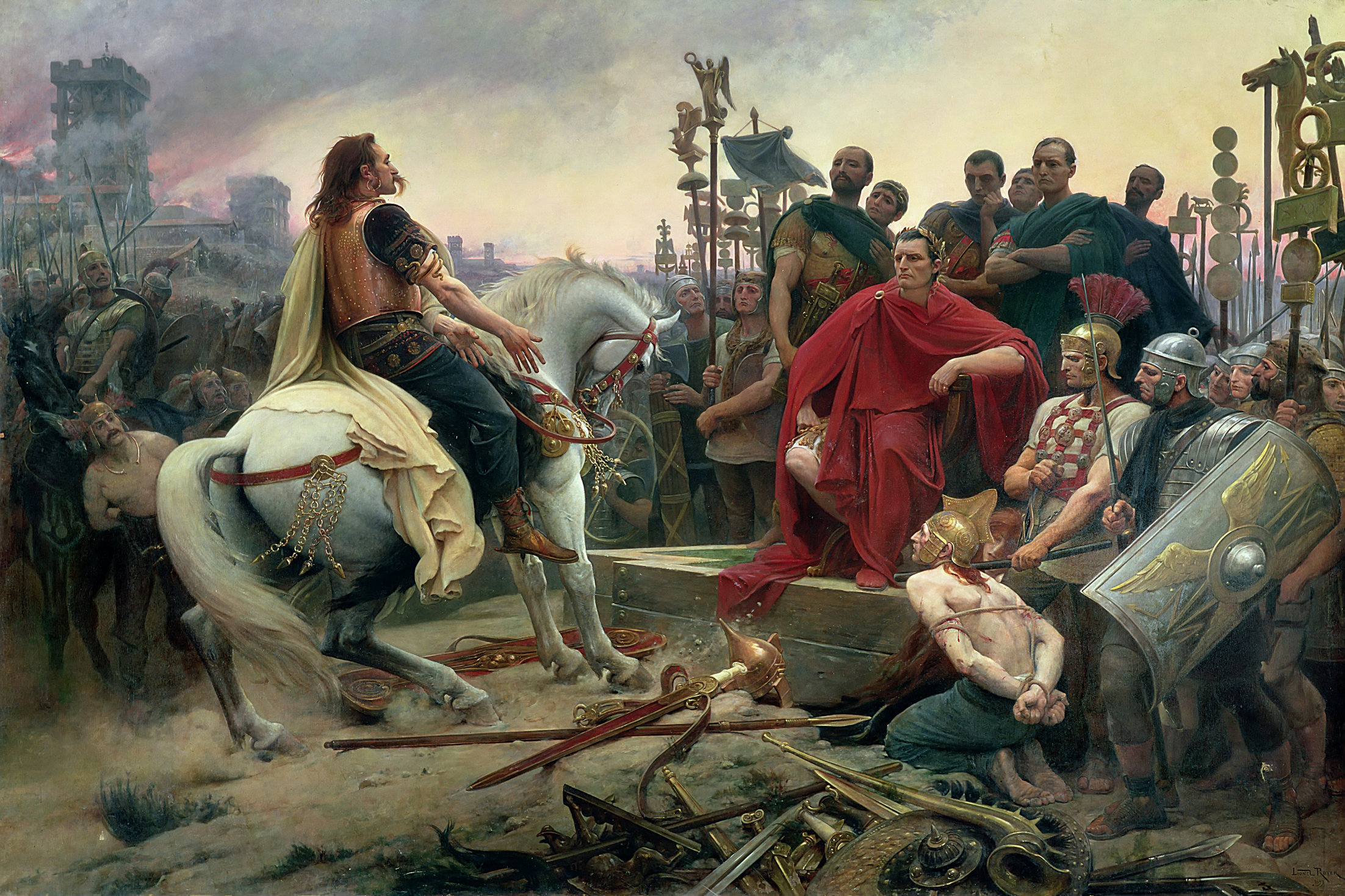The glow first appeared in bullet wounds and bayonet lacerations. It didn’t surface in every soldier, or in every cut, but doctors noticed that those who did show signs of the glow fared better to treatment than those who didn’t.
That was all it took for soldiers and doctors alike to give it a name: Angel’s Glow.
And it only took us 140 years to figure out why the glow happened, and why it was such an advantage to those soldiers.
April 1862. America was a full year into the Civil War.
Union troops had started their Western campaign against the dogged Confederate Army. They controlled Kentucky and most of Tennessee, including its capital of Nashville.
The Confederates were scattered after defeats at Forts Henry and Donelson, but General Albert Sidney Johnston was rebuilding their strength at Corinth, Mississippi. His troops, all 40,000 of them, were trying to reform their ranks for a showdown they knew was coming eventually against Union General Ulysses S. Grant.
For his part, Grant controlled 42,000 men and was set to rendevous with General Don Carlos Buell who commanded 20,000 troops. At stake was total control of the region.
On April 6, 1862, Johnston had enough waiting and launched an attack at Pittsburgh Landing, near Shiloh, Tennessee.
“Shiloh” is a Hebrew word meaning peace. The Battle of Shiloh, as it would be known, became one of the bloodiest and violent engagements of the entire war.
Over the next day, Union soldiers were pushed back over a mile and were nearly trapped against the Tennessee River. The Confederate Army was in complete control and very nearly won a crucial victory. But any chance they had vanished when General Buell’s troops began to arrive and helped turn the tide of the battle.
General Grant was masterful in his command on the battlefield and helped keep the Union lines from breaking. General Johnston, for his part, was struck in the leg by a bullet as he rode toward the front lines and quickly bled to death on the battlefield. Johnston would be the highest ranking officer to die in the Civil War.
After two days of fighting, the Union Army won a resounding victory, but that victory came at a heavy cost. Over 23,000 combined deaths made it the deadliest confrontation up to that date in the war.

The night of April 7, soldiers from both sides were still stranded in the middle of muddy fields waiting to be rescued. That’s when they started noticing a strange blueish-green glow coming from their wounds.
The doctors and troops left it in God’s hands. It was a miracle to them.
It would remain a mystery until 2001 when a 17-year old high school student named Bill Martin, his mother Phyllis (and microbiologist) and his friend Johnathan Curtis created a school science experiment to figure out why. Bill had visited the Shiloh battlegrounds and heard the Angel’s Glow lore and wanted to solve the mystery.
They studied known types of bacteria that glow in the dark. Then they checked to see if the conditions were right for certain types of bacteria to be present on those dates, in those weather conditions.
Short answer: yes. There was a bioluminescent bacterium that would have thrived in the wet, muddy and cold conditions of those dates in history. Those bacterium were made possible by the presence of nematodes, parasitic worms that borrow into blood vessels of larvae and contain Photorhabdus luminescens.
The nematodes then expelled the bacteria which produces a chemical that kills the host and surrounding microorganisms. It also glows greenish-blue.
This explains the glow and why soldiers with it fared better. The bacteria would not only destroy the other microorganisms, but other pathogens helping to stop infection.
While normally the human body would have been too warm for these things to occur, at that time of year, in those conditions, the human body would experience hypothermia which would help the nematodes thrive and ultimately save soldier’s lives.
As for Bill, John and Phyllis, their study of P. luminescens and the cause of Angel’s Glow earned them first place at the 2001 Intel International Science and Engineering Fair.

Check out more strange stories from history by clicking here.








